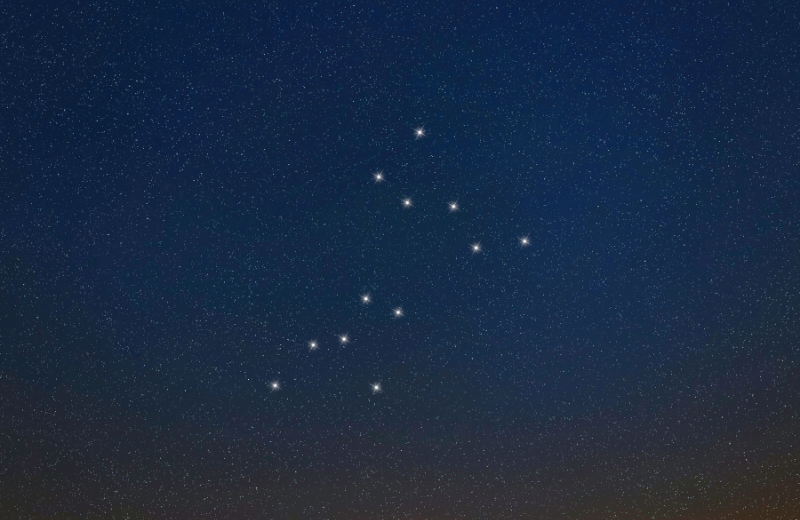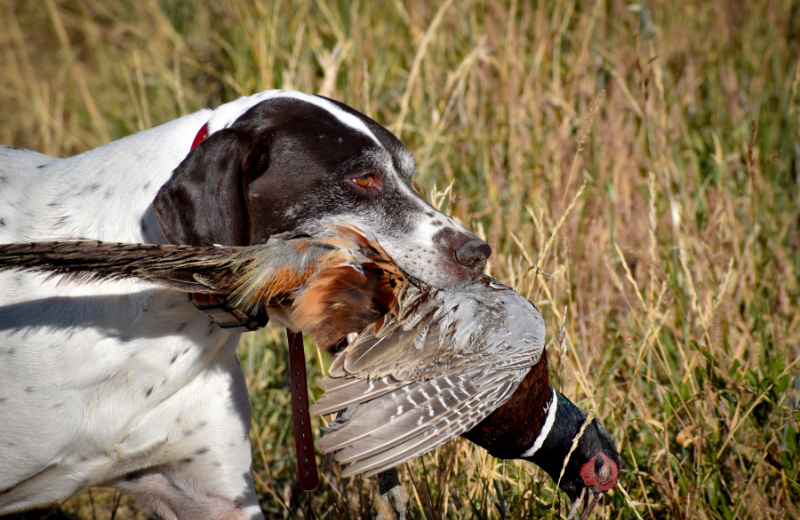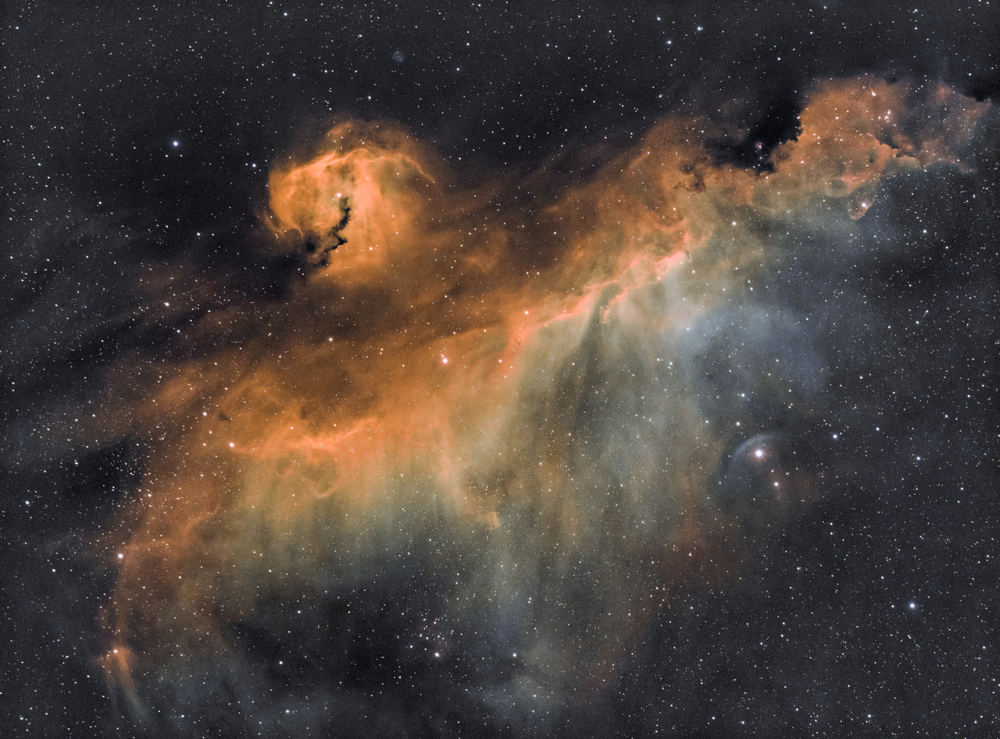The universe is filled with fascinating constellations, each with its own story and distinct features. One of the most eye-catching is Canis Major, known as the “Great Dog” constellation. Whether you’re a budding astronomer or just someone who enjoys the stars, exploring Canis Major can deepen your appreciation of the night sky.
Jump to:
Recommended for you!
Best SellersWhat is the Canis Major Constellation?
Canis Major, Latin for “Greater Dog,” is one of the most recognisable constellations in the sky. It is famous for containing Sirius, the Dog Star, which is the brightest star in the night sky. The constellation belongs to the southern celestial hemisphere and is easily visible during the winter months in the Northern Hemisphere.
What Does Canis Major Look Like?

Canis Major’s shape is relatively straightforward to identify. Imagine a large dog following Orion, the hunter, across the heavens. The constellation resembles a dog with Sirius marking its head, and several other bright stars outline its body and tail. This “dog” seems to be leaping upward, giving it a sense of dynamic movement.
How Far is the Canis Major Constellation from Earth?
The stars within Canis Major are located at varying distances from Earth. Sirius, for example, is a mere 8.6 light-years away, making it one of our closest stellar neighbours. Other stars, like VY Canis Majoris, are much further away, with some lying thousands of light-years from us. VY Canis Majoris is particularly impressive due to its enormous size and status as a red hypergiant star.
The Canis Major Constellation Myth

Like many constellations, Canis Major has its roots in mythology. According to Greek mythology, Canis Major represents Laelaps, a divine hunting dog that was said to be unbeatable. The dog was placed in the sky by Zeus and can now be seen chasing the constellation Lepus, the hare, across the night sky. Canis Major is often shown accompanying Orion, the hunter, reinforcing their shared celestial lore.
In Egyptian mythology, Sirius held a vital role, marking the start of the annual flooding of the Nile, an event crucial to agriculture and life. The ancient Egyptians saw Sirius as a powerful and benevolent influence, often linking it to their goddess Isis.
Canis Major's Stars
The constellation is home to several notable stars:
- Sirius (Alpha Canis Majoris): Also called the Dog Star, Sirius is the brightest star in Canis Major and the brightest in the night sky. It shines so brightly because of its proximity to Earth and its intrinsic luminosity. Sirius is a binary star system, consisting of a main-sequence star and a faint white dwarf companion.
- VY Canis Majoris: Known as one of the largest stars discovered, VY Canis Majoris is a red hypergiant. Its size is mind-boggling; it’s so massive that, if placed in our solar system, it would extend well beyond Jupiter’s orbit. Comparing VY Canis Majoris to the Sun highlights the immense scale of the universe.
- Adhara: This is the second-brightest star in Canis Major and the 22nd brightest in the night sky. Adhara is a blue giant star and holds historical significance in various cultures.
- Wezen: Another luminous star in Canis Major, Wezen is a yellow-white supergiant. Despite being quite far from Earth, its brightness makes it easily visible to the naked eye.
Nebulae in the Canis Major Constellation

Canis Major is home to some intriguing deep-sky objects. One of the most notable is the Canis Major Dwarf Galaxy, a small galaxy that orbits the Milky Way. This galaxy is of particular interest to astronomers as it challenges existing models of galaxy formation and interactions.
Additionally, there are beautiful nebulae like the Thor’s Helmet Nebula, an emission nebula shaped like a Viking helmet. It’s created by the winds from a massive Wolf-Rayet star interacting with surrounding interstellar material.
Finding Canis Major in the Sky
Finding Canis Major is straightforward once you know what to look for. The key to locating this famous constellation is Sirius, the brightest star in the night sky. During the winter months, Sirius appears low on the horizon, south of Orion’s Belt. From there, the constellation stretches downward, forming the outline of a leaping dog.
Locating Canis Major
- Start with Orion’s Belt: Use Orion’s Belt as a guide. Sirius lies just south of these three stars, making it an easy starting point for locating Canis Major.
- Spot Sirius: Once you find Sirius, you’ve found the head of Canis Major. The rest of the constellation spreads out from this brilliant point, with several other bright stars marking the body and tail of the dog.
Best Time to Observe Canis Major
The ideal time to view Canis Major is from December to March. During these months, the constellation dominates the southern sky in the Northern Hemisphere. If you’re stargazing from the UK, clear winter nights provide excellent conditions for observing Canis Major. Make sure to choose a location away from city lights for the best experience.
Recommended for you!
Best SellersFun Facts About Canis Major
- Sirius’ Significance: Sirius was historically used to mark the flooding of the Nile River in ancient Egypt, and the phrase “dog days of summer” originates from the period when Sirius rose with the Sun.
- Not Part of the Zodiac: While Canis Major is not a zodiac constellation, it has significant astrological meaning. In astrology, Sirius is associated with wealth, honour, and fame.
- Neighbouring Constellations: Canis Major is close to other constellations like Canis Minor, Lepus, and Monoceros. It’s often depicted as one of Orion’s two hunting dogs, with Canis Minor being the other.
Study Astronomy for £29
If you’re intrigued by constellations like Canis Major and want to learn more about the wonders of the universe, why not take your curiosity to the next level with our Astronomy Diploma Course? This course offers a detailed understanding of the universe, from constellations and star types to the fundamentals of space observation. Perfect for all budding astronomers, the course is available for a discounted price of £29.













